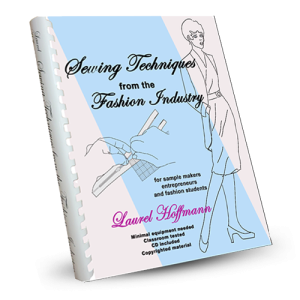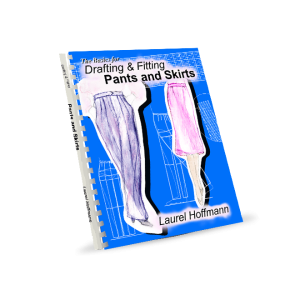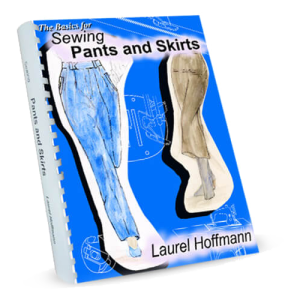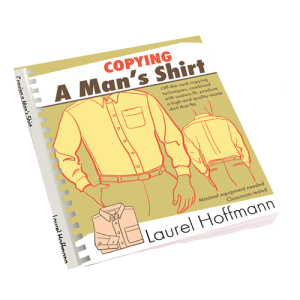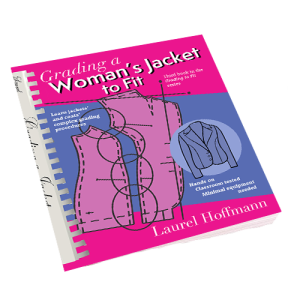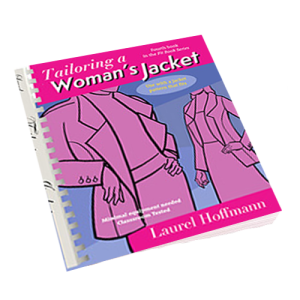 In the late 19th and early 20th centuries, millions of North American birds were killed for their feathers
In the late 19th and early 20th centuries, millions of North American birds were killed for their feathers
Harriet Lawrence Hemenway (1858-1960): Saving Birds One Hat at a Time
In the late 19th and early 20th centuries, millions of North American birds were killed for their feathers. There was so much money to be made by plume hunters that they would kill all the birds in rookery or nesting area, taking the feathers (or sometimes the entire bird carcass), and often leaving newly hatched chicks with no means of support. The going “feather” rate in the 1880s was $20 per ounce—about $510 in today’s dollars. This made feathers more valuable than gold at the time.
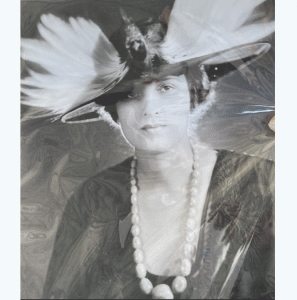
The feathers alone were only a part of what was being used in fashion. Some hat makers were using the whole bird. Consider this description of a hummingbird on a hat: [It was] ”perched in full flight on a bunch of silk roses with a veil.”
By 1896 nearly 5 million American birds representing 50 different species were being killed for fashion. The shore birds and migratory birds that stayed along the shore lines were most likely to be targeted. Along the Atlantic coast, entire populations of terns, herons, and egrets were destroyed. Read more…
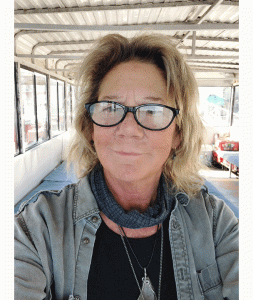
I learned about this from Patti Heisler, one of the two guides on a Cape May osprey tour I took in late September, 2023.
Fortunately some took action. The Migratory Bird Treaty Act (MBTA), signed into law in 1918, is among the oldest wildlife protection laws on the books. Its creation was one of the National Audubon Society’s first major victories, and in the years since its enactment, the MBTA has saved millions, if not billions, of birds.
Unfortunately a new interpretation of the law by the Trump administration will no longer hold industries accountable for “incidental” bird deaths under the law. This legal opinion prevents enforcement of all incidental take, removing incentives for companies to adopt practices that protect birds from threats such as oil waste pits. It also eliminates penalties for companies that kill substantial numbers of birds, including from large oil spills.
If you have watched Ken Burns buffalo documentary, you are already aware of how monetary pursuits can easily cause near or complete extinction of our wildlife. Ken Burns buffalo documentary traces the buffalo’s evolution, its significance to the Indigenous people and landscape of the Great Plains, its near extinction, and the efforts to bring the magnificent mammals back from the brink.
The Audubon society reports: We’re in a race against time — to give birds a fighting chance in a changing world. Donate now to help secure the future for birds at risk from climate change, habitat loss, and other threats.
LaurelHoffmann-YouTube
https://laurelhoffmann.com/
https://www.facebook.com/CFashionEdu
https://www.linkedin.com/in/laurelhoffmann/
https://www.instagram.com/laurelhoffmann4015/
RSS Feed: https://laurelhoffmann.com/blog/
https://www.ravelry.com/projects/LaurelHoffmann
https://www.yelp.com/biz/laurel-hoffmann-oreland
https://www.thumbtack.com/pa/philadelphia/drawing-lessons/fashion-drafting-sewing-books-classes
e-mail
Phone: 215 884 7065
 In the late 19th and early 20th centuries, millions of North American birds were killed for their feathers
In the late 19th and early 20th centuries, millions of North American birds were killed for their feathers